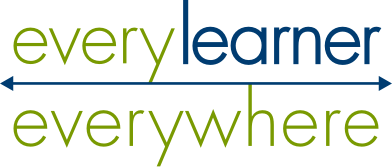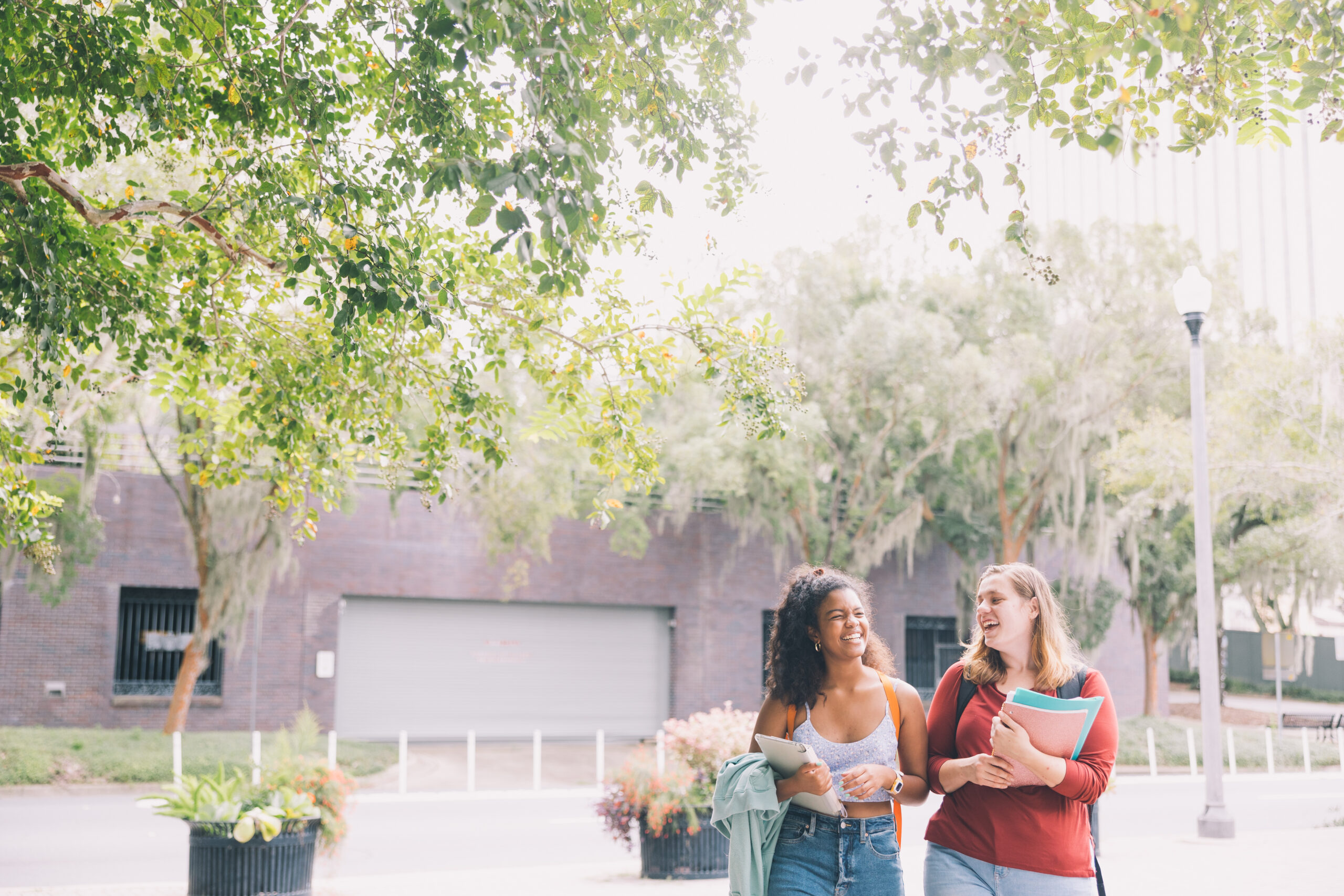Sometimes educators talk about “learning from students” in vague ways, but Dr. Christine Latulippe, Visiting Associate Professor in Education at Linfield University, says there are practical methods for hearing and using student feedback to produce better learning outcomes.
“It’s welcoming that student voice, honoring that student voice,” she says. “They have a lot of experience and they know what works for them.”
Hearing and using student feedback is the topic of Latulippe’s presentation Learning From Our Students: Student Perspectives on Good Teaching (February 10, 2023, 12 p.m. Mountain Time). It will be the third event in Every Learner Everywhere’s Strategies for Success Through Equitable Teaching and Learning webinar series. “Learning From Our Students” will center on methods to invite students to describe the ways instructors “get it right” and make a difference in their lives.
“Faculty can open the door to those conversations and find out what they are doing that’s working for their students,” Latulippe says. “How do you ask that question and get an honest answer? It could be something as simple as ‘You give your notes too fast in class. Slow down for us.’ That’s really valuable feedback.”
Latulippe’s webinar will draw from What Our Best College Instructors Do: Reflections By Students About Meaningful Learning Experiences, which she co-authored while a research associate at Every Learning Everywhere. That resource synthesizes contributions from over 20 students speaking on the teaching practices they find meaningful and engaging.
“The report shows how much students know about good teaching,” Latulippe says. Two of the findings from that report particularly highlight getting and using feedback: Students value recognition and appreciation, and they value respect and trust.
Her webinar will explore how timely student feedback can lead to more inclusive and equitable courses. Session participants will also be invited to suggest and respond to creative ways to incorporate student responses into their practices.
Related reading — A preview of the webinar “Beyond Inclusion: Teaching for Civic Engagement and Participation”
Shift in perspective
Hearing and learning from students depends on giving up traditional “my way or the highway” approaches to education.
“We’ve shifted away from that,” Latulippe says. “But we’re still expecting college students to play the game and know the rules automatically, and that’s not always an option, especially with first-generation students.”
Latulippe says equity for every learner depends on examining and reframing traditional faculty-student power relations, and she points to the example of offices and office hours. Students arrive in college from a K-12 context where going to an office means they’re in trouble.
In college, however, the instructor’s office is their home base. “If students want to talk with me, that’s the place to do it,” Latulippe says. “I can reframe it, but the only way I know to do that is if I talk with my students and get that feedback from them.”
Reforming long-established perspectives, habits, and power relations in education may feel beyond the scope of individual faculty, “but classroom by classroom, if faculty learn what’s working and what’s not working, they can be more inclusive,” Latulippe says. “They can be more equitable in their teaching and provide opportunities for all of their students instead of just the students who know how to play the game.”
Bad with the good
Student feedback isn’t always positive, and it’s not always as simple to incorporate as slowing down the lecture. Sometimes it asks faculty to rethink their plans for the term — to lecture less in lieu of more in-class practice activities, for example, or to cut one planned assignment in favor of another type that students say is effective for them.
“When you get feedback that’s not rosy and shiny, it might mean that you need to change your teaching,” Latulippe. “If you’ve been doing something for years and you have everything mapped out, you have a hard decision to make.”
She says she tends to map courses thoroughly herself, but she says that can work if there is also enough flexibility to account for student feedback.
“I can slow things down as I get feedback,” Latulippe says. “It’s a fine balance between having deadlines and consistency, but also having flexibility and grace.”
Learning from students is an important part of committing to evidence-based teaching practices to further equity, Latulippe says: “Evidence-based teaching is not doing something out of habit; it’s doing it because it works. It benefits all students, not just some. Evidence-based practices create inclusive spaces and interactive environments. Feedback is a way to create a sense of belonging.”
Register for Learning From Our Students: Student Perspectives on Good Teaching

